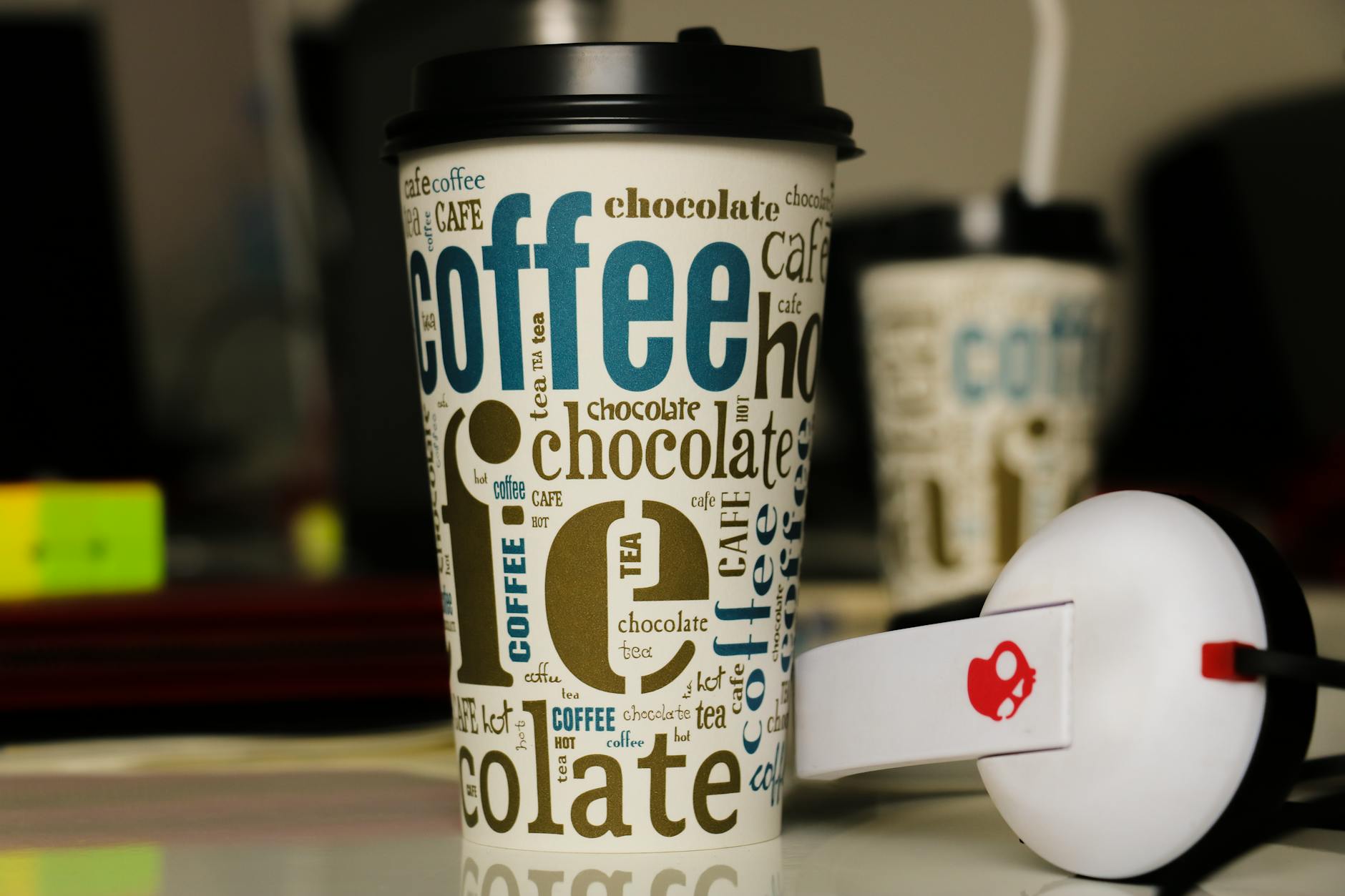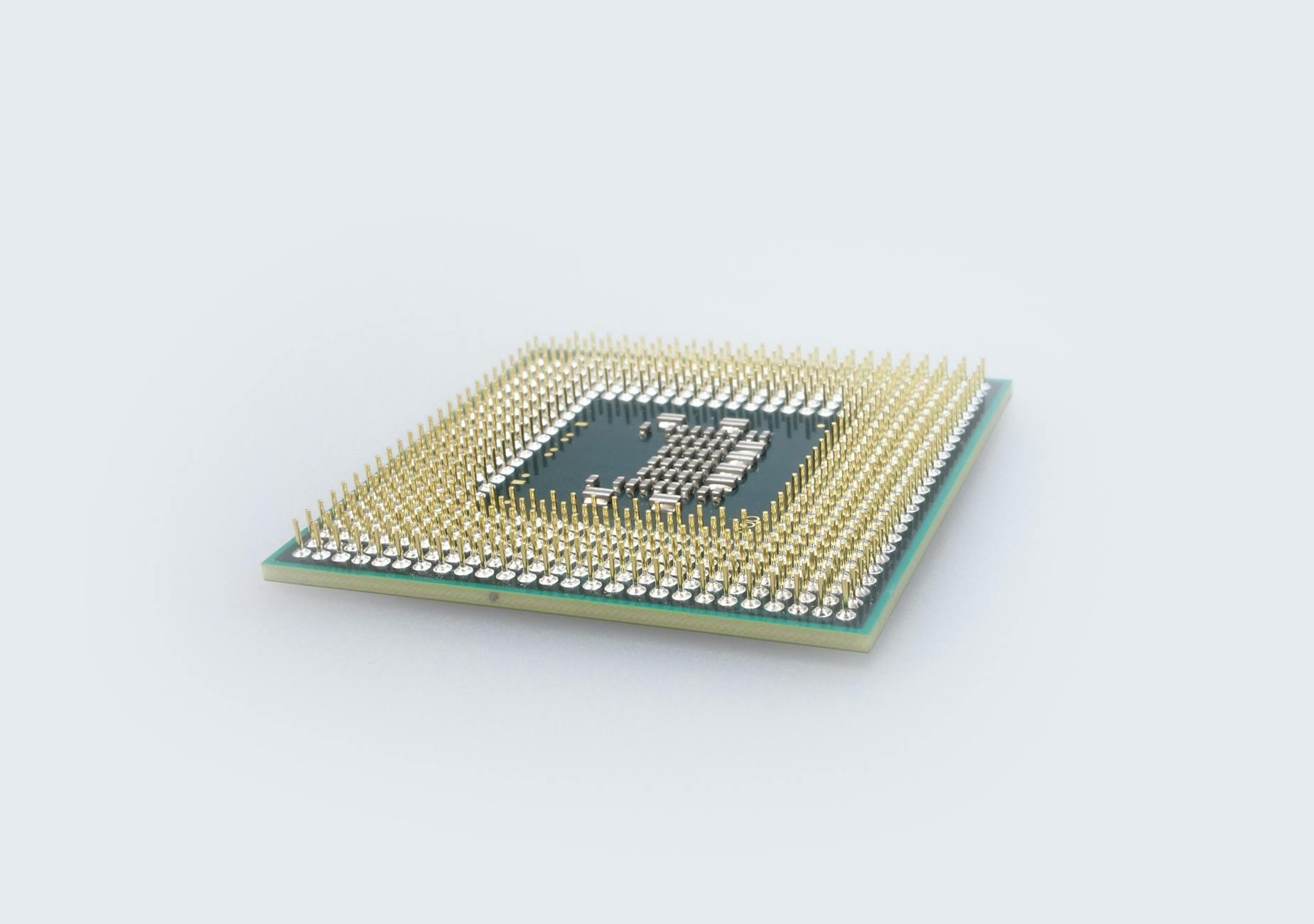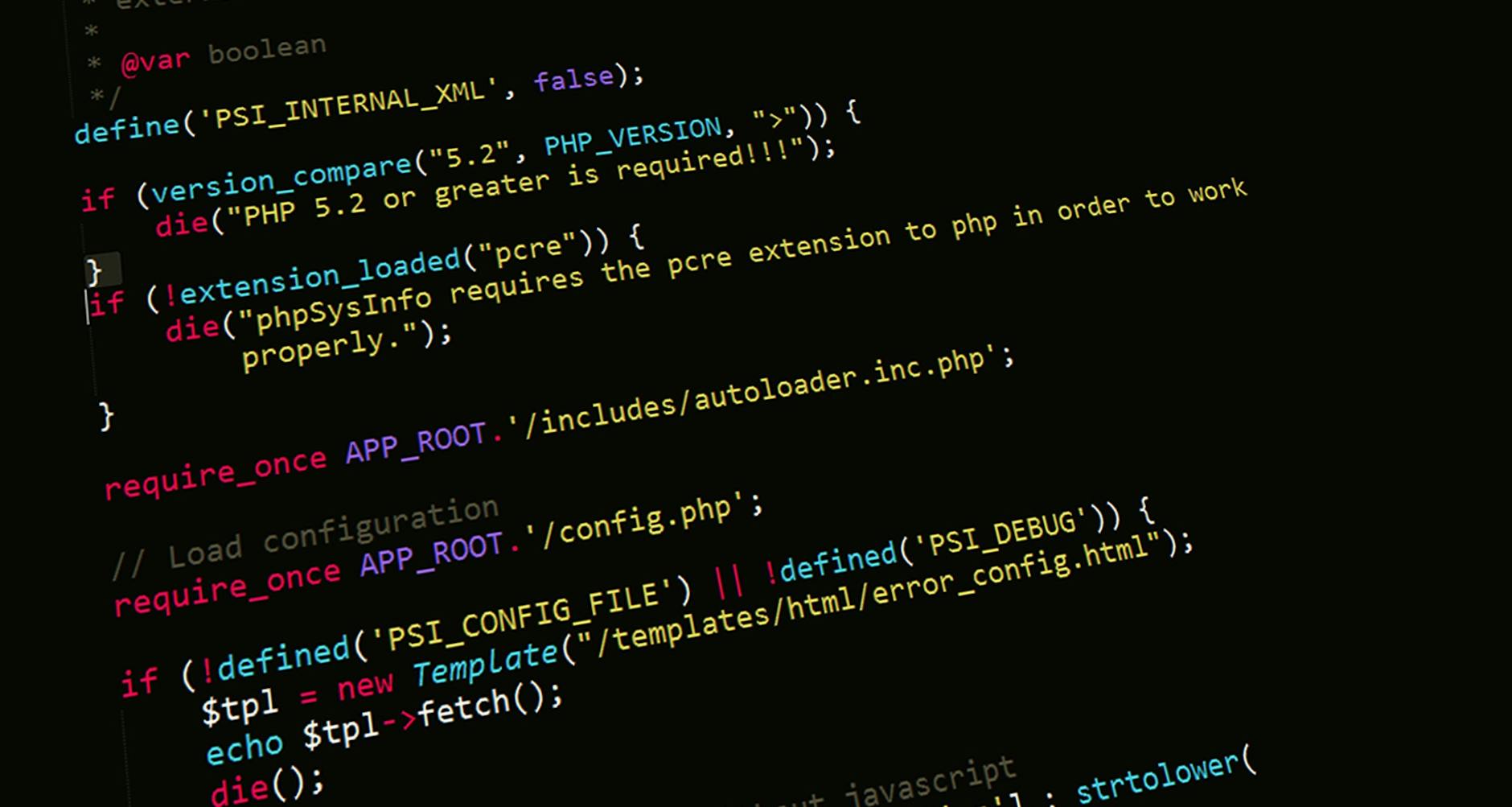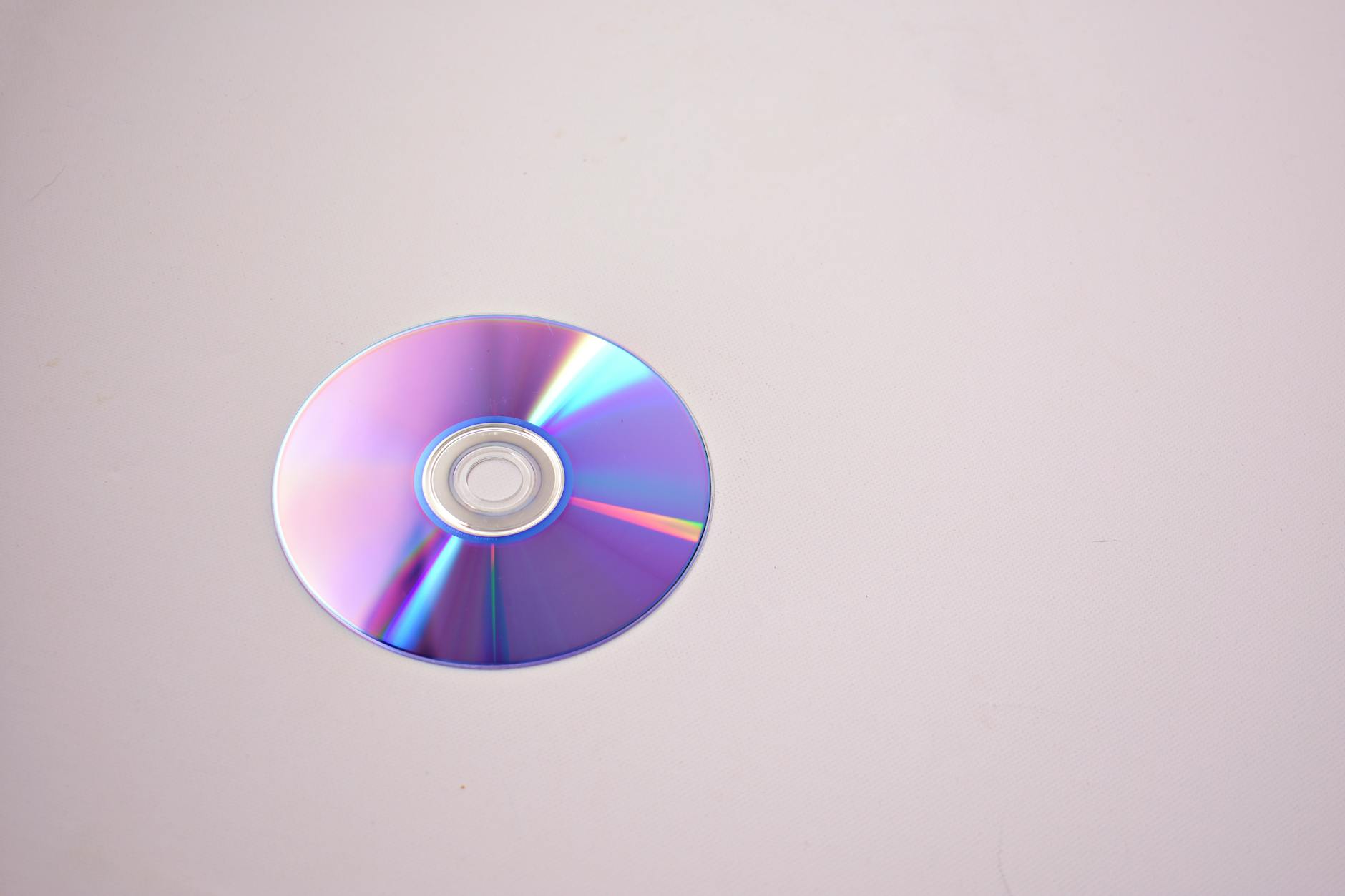Why Embracing Modern Tools is Key to Music Education Success in Australia

Redefining Music Education in Australia
As an experienced music educator in Adelaide, I've witnessed firsthand how integrating technology can transform our classrooms, a fact evident during the vibrant Elder Park gatherings for music festivals. Addressing the challenges faced by music teachers today involves blending time-tested teaching methods with modern tools like data projectors and motorised projector screen systems. These technologies not only help in displaying sheet music and instructional videos but also transform the learning space into an immersive environment.
Current Challenges in Teaching
Music education today faces hurdles such as limited resources and outdated teaching materials. Teachers struggle to keep students engaged, particularly when traditional methods clash with students' tech-driven lifestyles. Incorporating pro audio equipment in classrooms can enhance sound quality, aiding both comprehension and performance. Over the years, I've seen how outdated audio setups can frustrate students, dampening their enthusiasm. By upgrading these tools, we ensure that our music lessons resonate with students both sonically and intellectually.
Shifts in Learning Preferences
Music students now prefer interactive and tech-savvy approaches to learning. They crave experiences that are dynamic and personalized, rather than static lectures. To cater to these preferences, schools are beginning to integrate interactive tools that encourage active participation. We need to ensure that our approach to music education evolves to meet these changing demands, fostering environments that stimulate creativity and joy.
Embracing Innovation in Schools
Embracing technological innovation in schools is essential for sustainable music education. By integrating devices like projectors and advanced audio systems, we can create multi-sensory learning experiences that captivate students' attention. These innovations not only enrich the learning experience but also prepare students for an increasingly tech-centric world, opening doors to new possibilities in music creation and understanding.
Modern Tools for Musical Success
Incorporating technology into music education can truly revolutionize the classroom, drawing from years of personal experience and witnessing the magic unfold at places like the annual Elder Park gatherings for music festivals. One such tool that has proven invaluable is the induction loop system, which enhances acoustic clarity for all students, especially those with hearing impairments. By ensuring that every note is crystal clear, we pave the way for a harmonious and inclusive learning environment.
Beyond sound clarity, interactive tools such as digital composition platforms offer students the chance to engage with music in innovative ways. These platforms not only allow students to compose their melodies but also provide a collaborative space where creativity can flourish. Picture a class where students, grouped around laptops, are crafting a symphony using these digital tools. The enthusiasm is palpable.
Moving to another essential modern asset, loudspeakers play a critical role in music classrooms by delivering enhanced auditory experiences. They help in making musical nuances more apparent, ensuring every student feels the impact of music deeply. Integrating these technologies means creating an atmosphere where sound and creativity blend seamlessly, inspiring students to explore their full potential beyond traditional learning confines.
Integrating Technology into Curriculum
Adapting Teaching Methods
Incorporating technology into music education can greatly enhance the learning experience, especially when it involves adapting teaching methods to fit modern requirements. I recall a workshop at the Adelaide Festival Center that highlighted the impact of integrating technology into our music curricula. The possibilities of reshaping lessons through home entertainment systems became abundantly clear. By utilizing these systems, we elevate students' experience with rich audio-visual content, keeping them engaged and encouraging participation.
Personal experience has taught me to adapt by blending traditional methods with new technological tools. To ensure a holistic music education, consider:
- Utilizing interactive whiteboards to display musical notation and theory, allowing students to visualize complex concepts.
- Implementing digital composition software that empowers students to create and manipulate music directly on screen.
- Employing cloud-based platforms so students can collaborate on projects seamlessly from any location.
Training Educators on Tech Usage
For successful tech integration, it's paramount that educators receive proper training. When I first incorporated a hearing loop into my classroom, the initial setup hurdles were significant. However, after undergoing a comprehensive training session, its benefits for hearing-impaired students were clear. With enhanced sound clarity, these students could connect more deeply with music lessons.
Creating Tech-Supported Lesson Plans
Effective lesson planning involves integrating technology in ways that genuinely support your teaching objectives. By creating interactive, tech-supported lesson plans, you offer students varied learning avenues. For example, you can combine video tutorials with live music demonstrations, using digital tools to illustrate complex techniques. This approach not only enriches the learning experience but also caters to a range of learning styles.
Transformative Benefits of Tech Adoption
In my years of teaching music in Adelaide, incorporating technology into the classroom has had remarkable effects. One of the most noticeable advantages is the significant boost in student engagement. Using tools like monitors for video conferencing, I have seen students' eyes light up when they discover new rhythms with fellow musicians across the globe. This creates an atmosphere reminiscent of Elder Park gatherings during music festivals—dynamic and inclusive.
Personalized learning has also become more feasible with technology. For instance, interactive music software allows students to explore at their own pace, tailoring lessons to suit their unique interests. This mirrors the spirit of cultural workshops at the Adelaide Festival Center, encouraging individual creativity and exploration. Technology empowers each student to feel like the protagonist in their own learning journey.
Moreover, technology dramatically expands accessibility and inclusion in music education. For students with disabilities, adaptive tools make all the difference, allowing full participation in classroom activities. By utilizing reliable av cables, I ensure that every student is heard and every note is captured with clarity. This approach is quite similar to the inclusive community spirit celebrated during music events at Tandanya National Aboriginal Cultural Institute, where everyone is invited to share and listen. Through technology, every student can find their place—and their voice—in the musical world.


